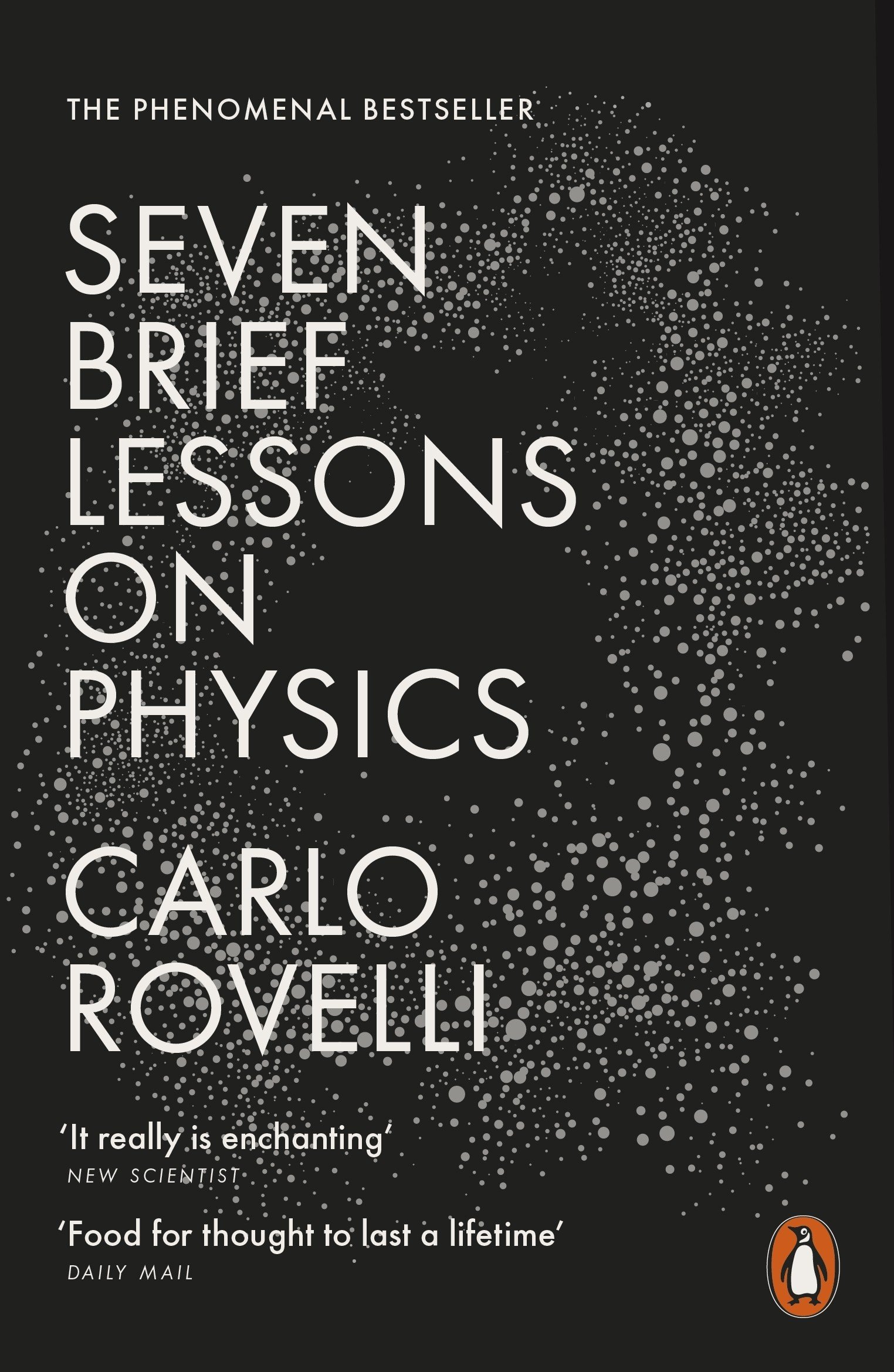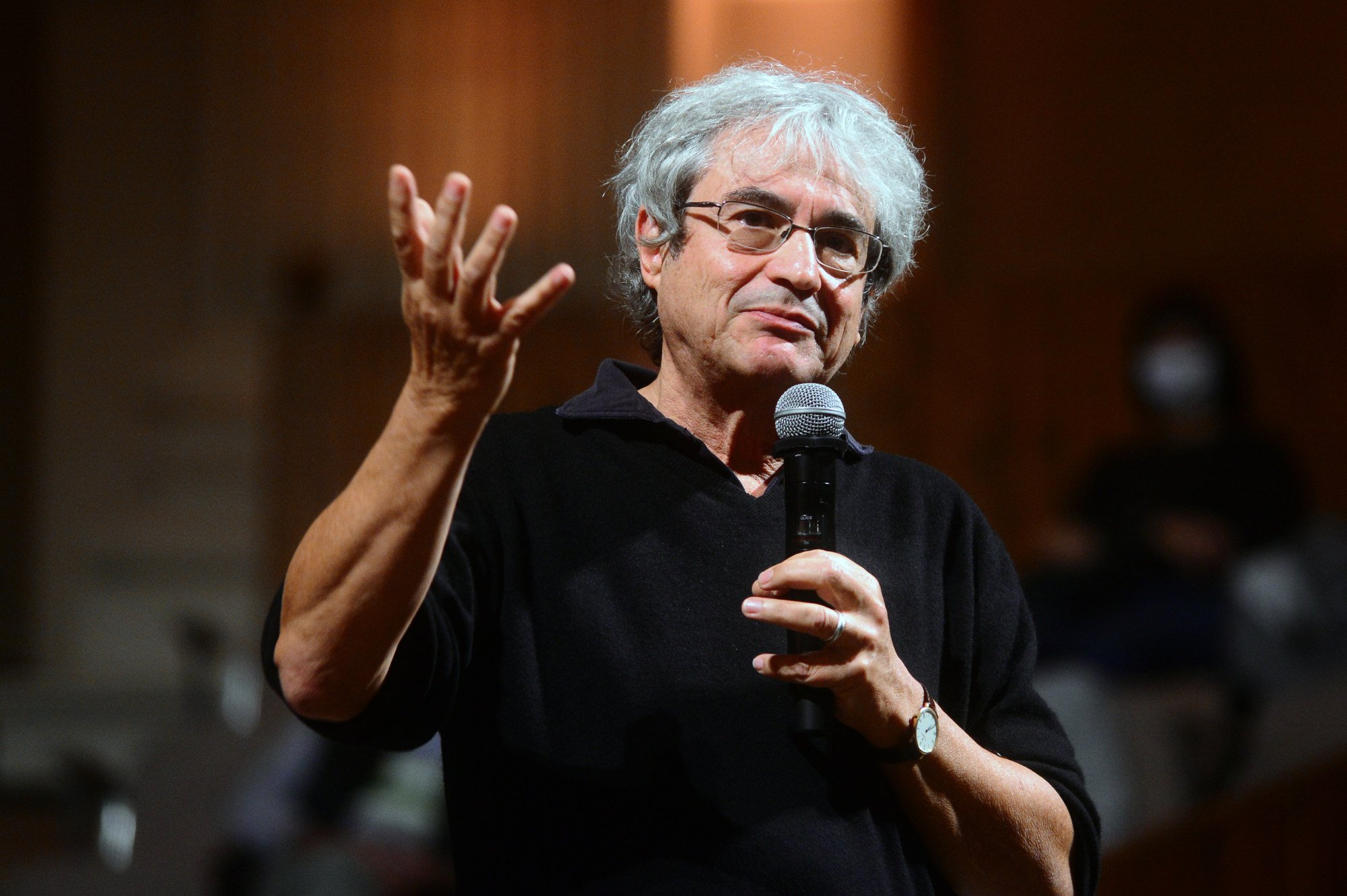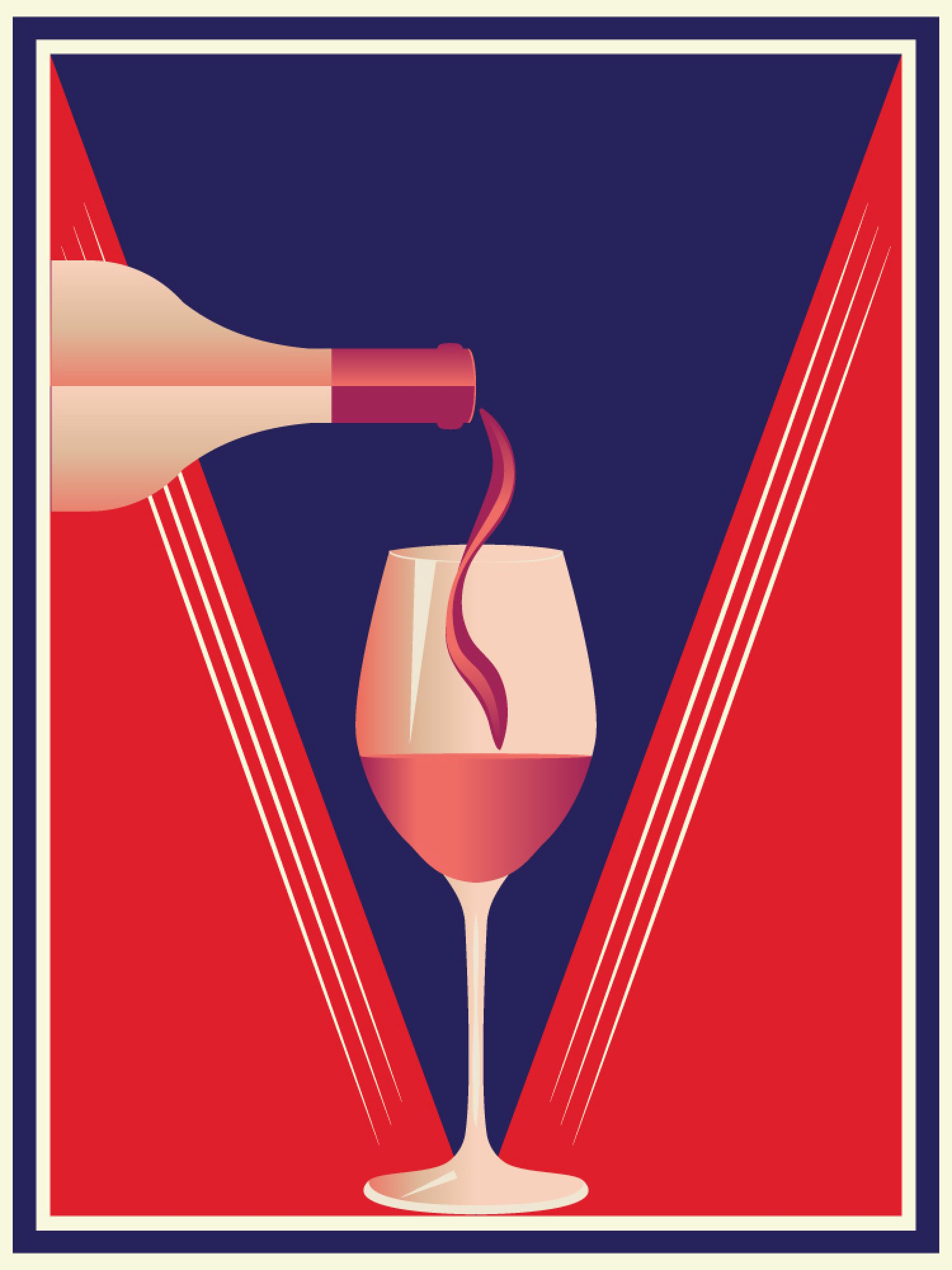
Is wine art? A combination of nature and human values, it inspires emotions like an artist’s painting – but only when it’s a good bottle
- Physicist Carlo Rovelli says life is made up of brief collisions, or ‘kisses’, in time and space. This applies to wine, as nature and human values converge
- Just as a painting transmits an artist’s idea, wine is the manifestation of this interplay, and evokes emotion like art. As long as it’s of decent quality
Physicist Carlo Rovelli says humans don’t understand the world as made of objects, rather “we understand the world as made of kisses, or things like kisses – happenings”.
Rovelli is a co-developer of loop quantum gravity theory and author of bestselling books Seven Brief Lessons on Physics (2014) and The Order of Time (2017), in which he poetically establishes that all of reality is interaction.
This simple truth is both scientific and philosophical, and it unfolds with unexpected nuance in his work.
If a defining characteristic of an object such as a rock is that it remains equal to itself, a kiss is an event between two objects limited in space and time.

Here’s a quick experiment – go kiss someone you like in the name of science right now and try to find that kiss tomorrow. Where did it go?
It was a blip in time, a happening, a brief collision of atoms doomed to be pulled apart. In fact, if you look closely enough, even a rock is not quite as permanent as we tend to intuit. Or rather, its permanence is a matter of scale.

It’s in this sense that he describes the world as being made up of a network of “kisses” between various things.

A painting is a physical manifestation of an artist’s idea, emotion and indeed, world. A bottle of wine is a physical manifestation of the flow of nature in a specific corner of the Earth and its collision with a human collective and its values.
It’s because of this powerful contribution – from plants that comprise a vineyard to less visible but indispensable species such as mycorrhizae that provide them with nutrients and colonies of yeasts that define the pace and flow of fermentation – that many of the more naturally and ethically minded producers prefer to see themselves as wine guardians, rather than creators.
Yet the fact that wine is a product of inter-species collaboration doesn’t take away from the possibility of it being viewed as art.

But art doesn’t stop when it is finished as an object. It’s always a process, an interaction between the maker and the receiver. Does it inspire emotion? Where does it make your mind go? What does it tell you about the world? Only you can decide.
These questions are equally as valid for a bottle you’ll have at dinner tonight as for a painting. But wine is particularly interesting for its act of disappearance.

Pleasurable and sensual if you get one that touches your palate just right, it may provide a hedonistic escape from reality or allow you to plunge deeper into it, fearlessly opening up through a conversation that unfolds with each sip.
This consumable, communal nature of wine is what allows it to shift its form from an object into a happening. You pour the last of it, and it’s gone. Consider yourself kissed.
It brought to mind American Supreme Court Justice Potter Stewart, who in his 1964 ruling in Jacobellis versus Ohio delivered what has become the most well-known line related to the detection of “hard-core” pornography. “I know it when I see it”, he said, admitting the impossibility of a universal definition that would make sense.
So it is with art and wine. Both can be “just fine” or open the door for you to continue the thought, birth a meaning, or co-create. And while not every bottle of wine is this way, you’ll know one when you taste it.

